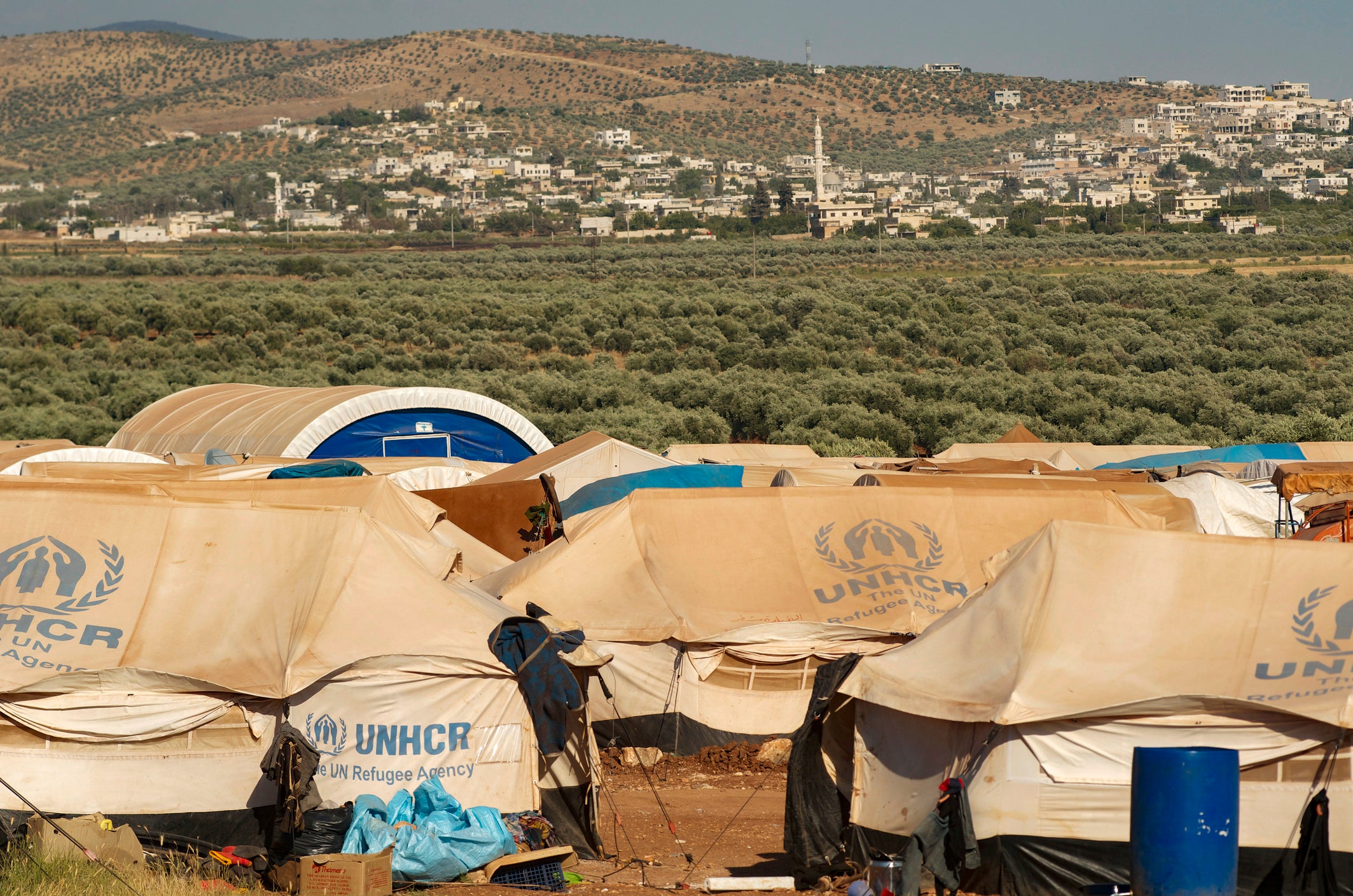Decision on convalescent plasma for COVID-19 raises questions

August 28, 2020 – On August 23, the Food and Drug Administration (FDA) issued an emergency use authorization for the use of convalescent plasma as a treatment for COVID-19. Howard Koh, Harvey V. Fineberg Professor of the Practice of Public Health Leadership at Harvard T.H. Chan School of Public Health, discusses the implications of the decision.
Q: Can you explain how convalescent plasma has been used until now, and how the FDA decision changes things?
A: Some doctors have already been using convalescent plasma—the liquid portion of blood from patients who’ve recovered from COVID-19—to treat those with severe cases of the disease. The idea is that convalescent plasma contains antibodies to COVID-19 that could help very ill people fight off the virus. Convalescent plasma has been viewed as promising for other infectious disease like SARS and Ebola.
Until now, the FDA has allowed the use of convalescent plasma in some cases through its “expanded access program,” which permits unproven therapies to be used when no other satisfactory treatments are available. Through a major national expanded access program that started in April and led by Mayo Clinic investigators, about 70,000 patients have received convalescent plasma. Mayo Clinic researchers and collaborators across the country have been tracking outcomes, although the program is not intended to be a formal clinical trial. Everyone receives convalescent plasma and there is no control arm.
The ideal study design would involve randomized placebo-controlled trials, in which half of participants are randomly allocated treatment with convalescent plasma, and the outcomes for that group are compared with the other half that receives placebo.
The FDA’s new emergency use authorization for convalescent plasma may make it easier to bypass some bureaucratic hurdles for hospitals, doctors, and patients. But the challenge here is that with the FDA’s announcement, almost everybody who’s diagnosed with severe COVID-19 will seek the plasma treatment and few will be willing to participate in a randomized trial that potentially could place them in the placebo arm. In fact, multiple randomized trials of convalescent plasma underway nationwide have found it very hard to enroll people for this very reason. Now it’s going to be even harder.
We need the strongest science now using high-quality studies with rigorous analysis to assess any potential benefit of using convalescent plasma. Skipping the science now could cost lives later.
Q: What have studies shown so far about the use of convalescent plasma to treat COVID-19? And are there any other possible treatments you think would be more important to focus on?
A: So far, there have been few randomized trials of convalescent plasma and there aren’t firm conclusions regarding its effectiveness. The August 4 issue of JAMA published the results of a randomized trial in China of people with severe COVID. Half the patients received convalescent plasma, the other half didn’t. They were supposed to accrue 200 patients but the trial was terminated after 103 were enrolled because the analysis showed no benefit.
Another randomized trial from the Netherlands was also discontinued early because it didn’t detect any significant improvement in the odds of death or severe disease among those treated vs those who received placebo. Of note, investigators found that on admission to the hospital and before any treatment, most of the patients already had high levels of neutralizing antibodies to SARS CoV-2, the virus that causes COVID-19. However, this study has not yet been formally peer-reviewed.
Remdesivir, previously used to treat Ebola, and dexamethasone, a commonly available steroid, are both therapies that have demonstrated promise in fighting COVID-19 through randomized clinical trials. Both need further investigation, however.
Q: Some observers have said that political pressure from the Trump administration may have been behind the FDA’s decision on convalescent plasma, and that has fueled concern that the agency may approve a COVID-19 vaccine before it’s adequately tested. What’s your take?
A: I’ve experienced the policy dimensions of vaccine development and distribution many times in my former roles as commissioner of public health for Massachusetts and as the assistant secretary for health for the U.S. Department of Health and Human Services during the Obama administration. A highly rigorous process is required—involving development, testing in various phases of human trials, objective review of outcomes and side effects by data and safety monitoring boards, and independent evaluation by expert external advisory committees. After vaccine approval, release, and broad distribution, it is critical to track the safety of vaccines through extensive post-marketing surveillance. You’ve got to have the scientific bar raised really high because otherwise healthy people are being asked to accept immunization which could potentially cause side effects.
Carefully following all those steps in the vaccine development process is absolutely essential to maintain the highest level of public confidence and trust. If that process is hampered or interfered with in any way, it’s going to be very detrimental to public health. The scientific community needs to do everything it can to assure the COVID-19 vaccine approval and dissemination process meets the highest standards. The future health of the world depends on it.


